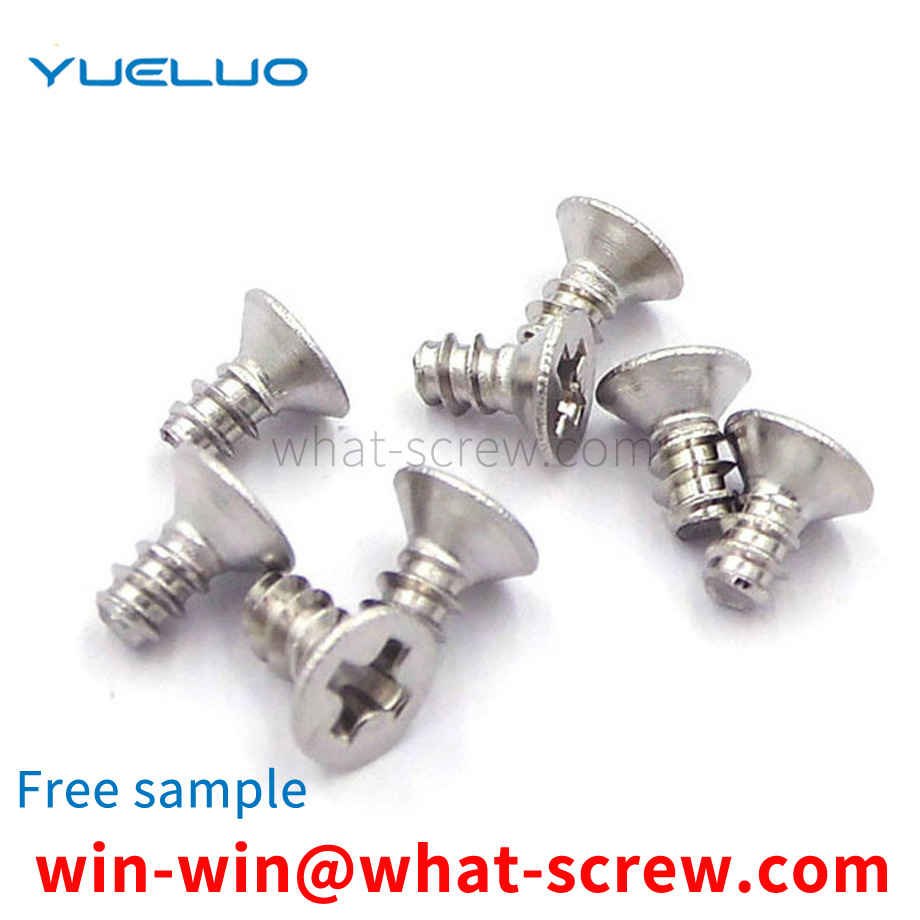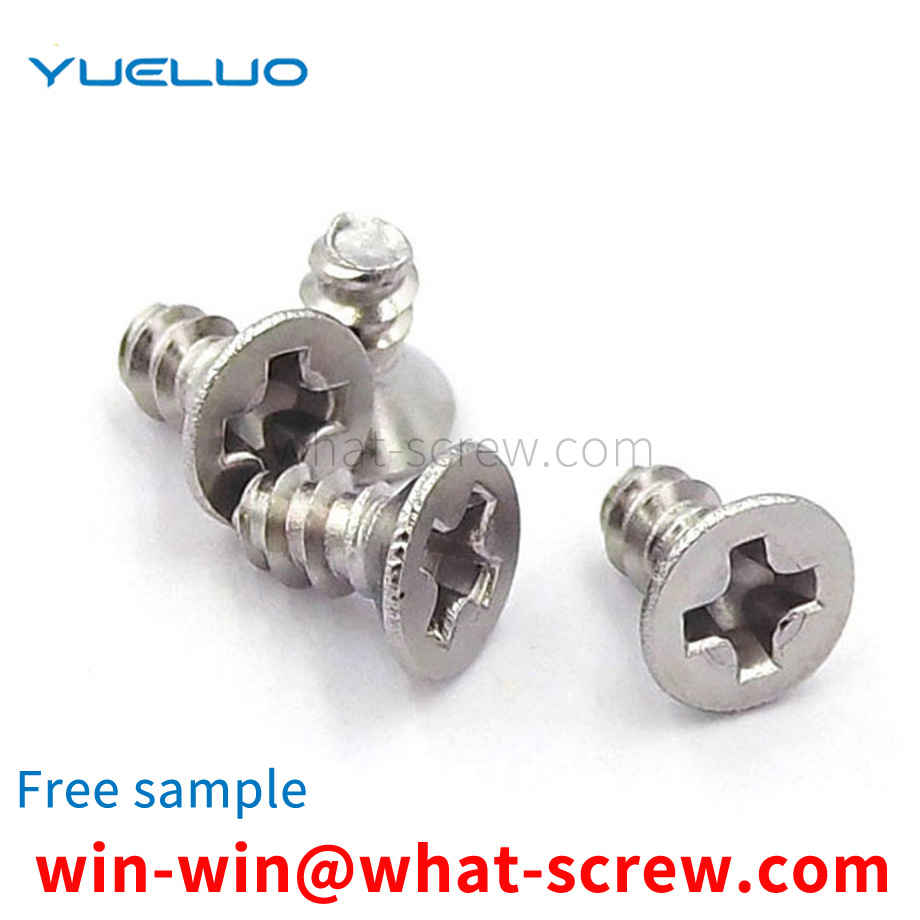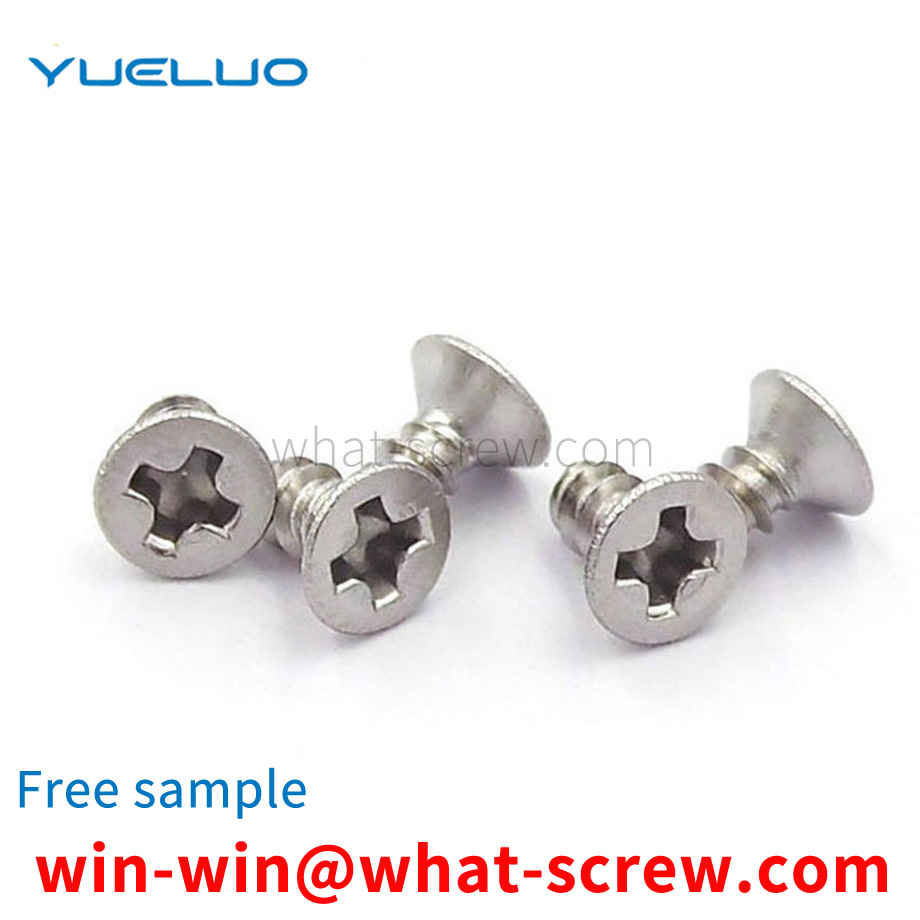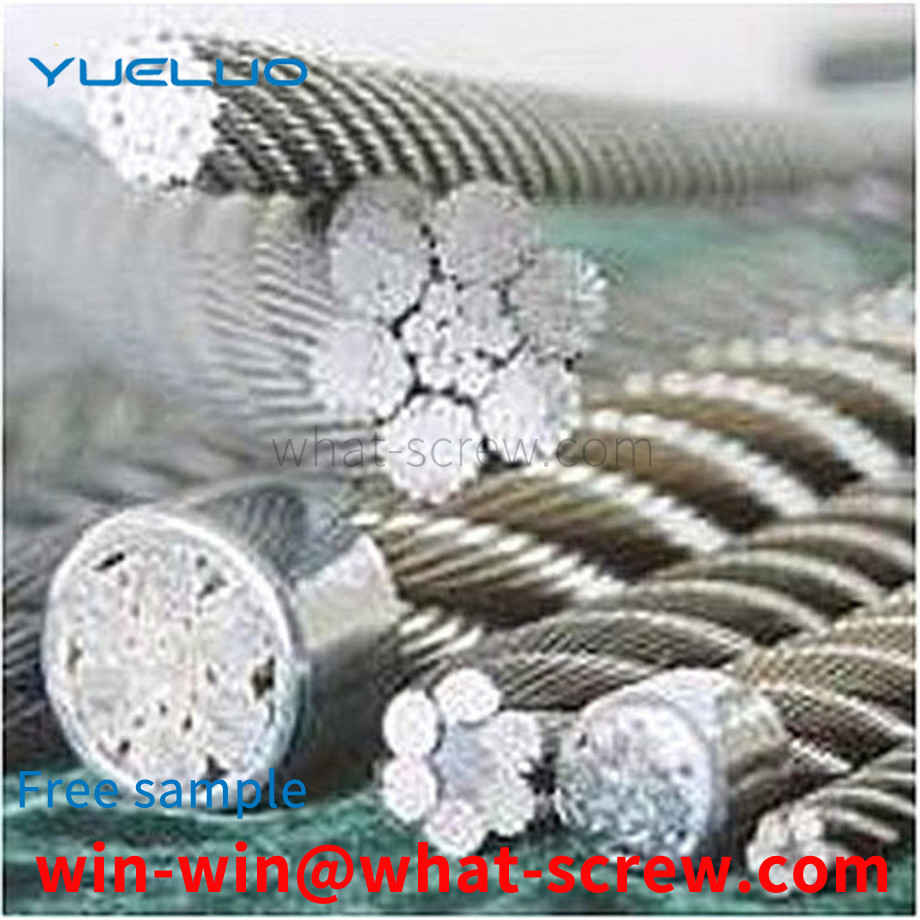What is the tolerance range of precision screws?
What is the tolerance range of precision screws?
Service Hotline
+86760-8787 8587We have more than ten years of production experience in the screw industry. The main products are: American standard spring washer, 316 nut, hand-tightened claw nut, American standard nut, Yueluo brand nut, color galvanized cylindrical head rivet nut, factory price supply , BSW American screws, elastic washers, carbon steel galvanized screws, single-way hexagonal column single-head isolation column, die-casting knurled nuts, flat washers with missing corners, single-way B-type embedded nuts, corrosion-resistant bolts and other fasteners, Due to the different materials and specifications of the products, the prices are also different, please contact us if necessary.


Basic parameter broadcast name 1. Machine screw 2. Self-tapping screw 3. Drilling screw 4. Wallboard screw 5. Fiberboard screw 6. Wood screw 7. Hexagon wood screw 8. Non-prolapse screw 9. Combination screw 10. Micro screw 11 . Furniture screws 12. Electronic screws 13. Chain screw head type: 1. Hexagon head (hexagon head) 2. Hexagon head with flange (hexagon head with flange) 3. Square head (square head) 4. T-shaped head T head (hammer head 5. mushroom head (truss head) 6. cylindrical head (cheese head) 7. round head (round head) 8. pan head (pan head) 9. countersunk head (flat head) 10 .Half countersunk head raised countersunk head ( Groove type: 1. Flat 2. Inner triangle 3. Inner corner square 4. Cross 5. Rice shape 6. Flower shape 7. Plum blossom 8. Flower shape 9. Special shape 10. Inner hexagon

The working principle of the nut is to use the friction between the nut and the bolt for self-locking. However, the reliability of this self-locking is reduced under dynamic loads. In some important occasions, we will take some anti-loosening measures to ensure the reliability of the nut locking. Among them, the use of lock nuts is one of the anti-loosening measures. There are also two types of locking nuts. One is to use two identical nuts to screw on the same bolt, and a tightening torque is added between the two nuts to make the bolt connection reliable. The other is a special lock nut, which needs to be used together with a lock washer. As shown in FIG. 1, a plastic gasket 2 is arranged in the center of the nut 1 to play a locking effect, but the process is complicated and the production is inconvenient. One is to drill through threaded holes from the outer surface of the nut to the inner thread surface (usually 2, distributed at 90 on the outer surface), which are used to screw in small-diameter countersunk head screws. The purpose is to apply a thread to the thread. A centripetal force prevents the lock nut from loosening. At present, the lock nut with better quality on the market is inlaid with small copper pieces that are consistent with the thread of the lock nut on the inner surface of the nut, which is used to prevent the radial jacking screw from directly contacting the locked thread and being damaged. By. This kind of lock nut is gradually applied in the shaft end locking of rotating motion parts, such as the anti-looseness of the bearing at the mounting end of the ball screw. The process is equally complex.


At present, most of the cylindrical pin press-fitting is to put the product into the positioning position of the lower die first, and then take a cylindrical pin and put it into a cylindrical pin positioning hole that is concentric and perpendicular to the hole in which the product is pressed, or put it on the product. , the pin needs to have a positioning guide; or it is fixed on the top of the indenter so that it will not fall, and then the press is completed. In fact, it is difficult to press the small cylindrical pins. To ensure the good quality of the product, it is required to locate accurately, to ensure that the cylindrical pins are concentric and vertical, and to put the cylindrical pins one by one. It is very easy for workers to produce. Fatigue and low efficiency, product quality control is affected by many human factors, resulting in unstable product quality and certain safety hazards in work. On the other hand, in some production lines, the cost of the press-in cylindrical pins is relatively expensive, such as finger cylinders and moving mechanisms, which will put a lot of cost pressure on the equipment investment of small and micro enterprises.

Align the four positioning holes 12-5 of the spring washer positioning plate 2 with the four positioning columns 4 of the screw tray 1, and place them on the screw tray 1. Several screws 5 are passed through the lower positioning plate 12-2 in turn. The spring washer hole 2-7, the opening slot 12-32 of the baffle plate 12-3, the inner ring of the spring washer 7 in the spring washer hole 2-7 of the upper positioning plate 12-1, hold the spring washer positioning plate 2 by hand The raised handle 12-31 of the baffle plate 12-3 pulls the baffle plate 12-3 out of the upper positioning plate 12-1 and the lower positioning plate 12-2, and several spring washers 7 pass through the holes on the lower positioning plate 12-2. The spring washer holes 2-7 fall down along the screw rod of screw 5, so that the screw rod of screw 5 penetrates into the spring washer 7, as shown in Figure 10, and then the spring washer positioning plate 2 is removed to complete the process of threading the spring washer.

The above content is uploaded by Yueluo or the Internet. If there is any copyright issue, please contact [email protected].

What is the tolerance range of precision screws?

How to choose the right stainless steel screw manufacturer?

Why is there an R angle under the head of the hexagon head s...

We have more than ten years of production experience in the ...

We have more than ten years of experience in the production ...

We have more than ten years of experience in the production ...

We have more than ten years of experience in screw industry ...